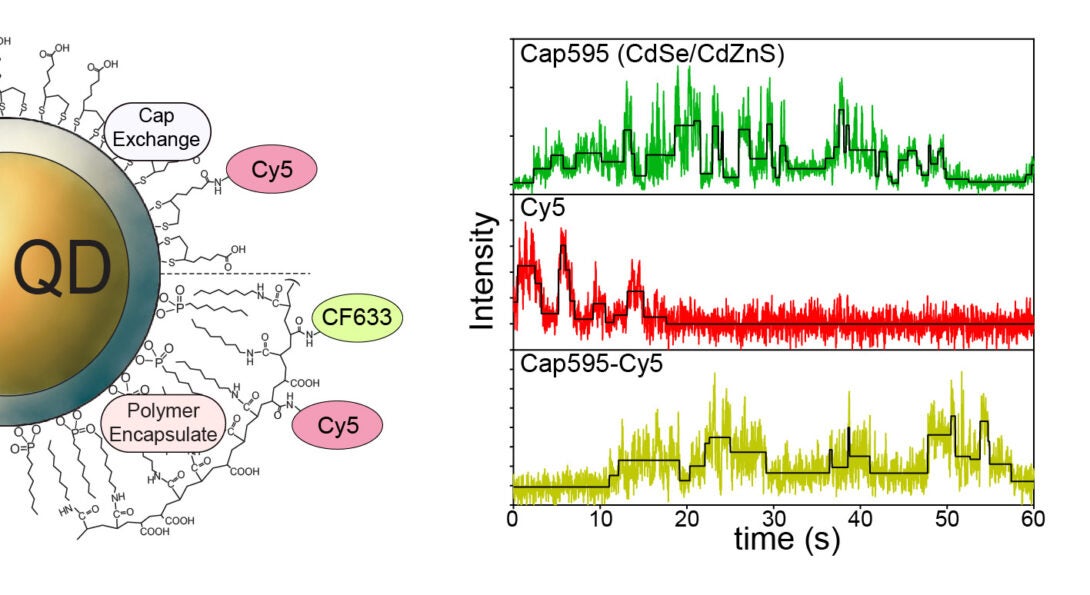Problems with solar energy conversion revealed by UIC groups

A recent report by the research groups of Profs. Snee and Hu revealed heretofore known problems with converting energy from inorganic sensitizers to organic dyes. Examples of such coupled systems include quantum dot-organic dye conjugates, which are used to increase the amount of energy harvested from the sun in devices using the process of upconversion. Likewise they can also be applied in biological sensing / imaging studies. The lead author Ms. Hashini Chandrasiri found that fluorescence intermittency, also called "blinking", reduced the throughput of collected solar energy significantly. For the most part, both the quantum dot and dye have to be in the "on" state for energy to flow through them. As a result, the ability to transfer solar energy into another form can be diminished by as much as 95%. The group found a method to minimize the losses fortunately, which was accomplished by treating the surface of the quantum dot to reduce the blinking behavior. The report was published in the Journal of Physical Chemistry letters, and can be found here.